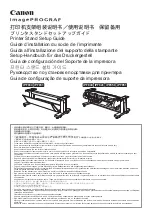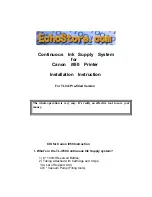
Avaya, Inc.
- 196 - PARTNER ACS 1600 DSL module User Guide
LMI
Local Management Interface. a set of the following
enhancements to the basic Frame Relay
specification. Called “LMT” in ANSI terminology.
a keep-alive mechanism that verifies that data is
flowing.
a multi-cast mechanism, which provides the network
server with its local DLCI and the multi-cast
DLCI.
Global addressing; this gives DLCIs global rather
than local significance in Frame Relay networks.
a mechanism that provides an on-going status report
on the DLCIs known to the switch.
MAC
Media Access Control. Lower of the two sub-layers
of the data link layer defined by the IEEE.
MAC address
Standardized data link layer address that is required
for every port or device that connects to a LAN.
Other devices in the network use these addresses to
locate specific ports in the network and to create and
update routing tables and data structures. MAC
addresses are six bytes long and are IEEE-
controlled. Also known as a hardware address, a
MAC-layer address, or a physical address.
MPEG
Moving Pictures Expert Group.
OSI Reference
Model
Network architectural model developed by ISO and
ITU-T. The model consists of the following seven
layers, each of which specifies particular network
functions.
The lowest layer is closest to the media technology,
and the highest layer is closest to the user. The
hardware and software implement the lower two
layers, while only the software implements the upper
five layers.
Physical layer
- the actual wires and connections in
the network.
Data link layer
– responsible for physical
addressing, network topology, error notification,
and ordered delivery.
Network layer
– responsible for connectivity, path
selection, and routing.
Transport layer
– responsible for network
communication, virtual circuit management, fault
detection, and flow control.
Session layer
- manages sessions between
applications.
















































